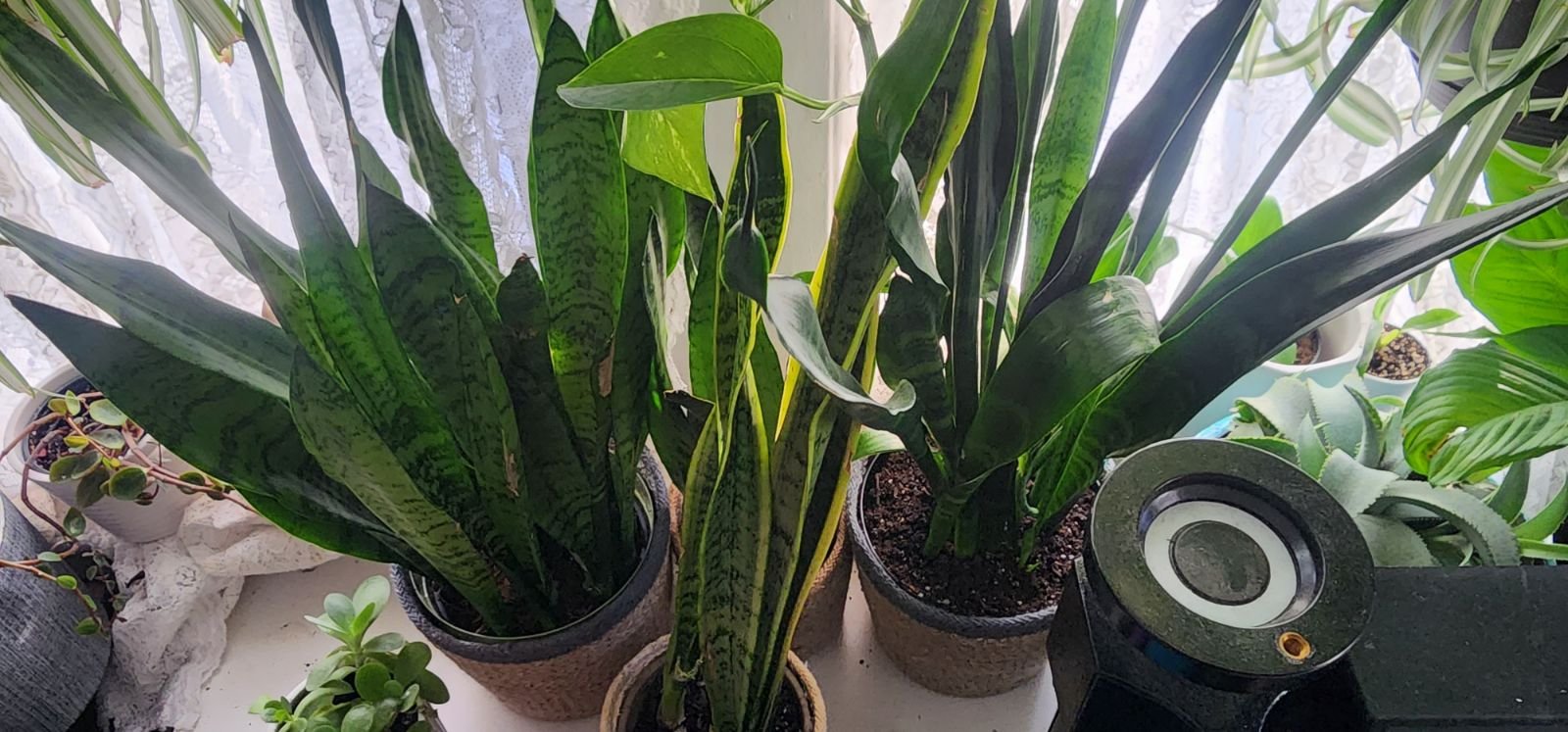One of the biggest mysteries for any plant parent? Finding that just right spot where your plant can bask in the perfect amount of light. Too little, and your plant may sulk. Too much, and it might get a bit crispy around the edges. But get it right, and you’ll see your plant thrive, spreading joy and green energy into your home!
Finding the ideal light for each plant isn’t as tricky as it seems. Once you learn to recognize what your plants need (and where to put them), you’ll have a home that’s not only greener but also happier.
The Science of Sunshine: Understanding Light for Your Plants
Let’s start with the basics: not all light is created equal. You probably already know that plants need light to grow, but did you know they actually “see” light differently than we do? What looks like a sunny spot to us might feel like a shaded corner to a plant.
Plants use different light intensities depending on their needs. Direct light is like a spotlight – intense and strong. Indirect light is softer, more like a glow. And low light? Think of it as the plant equivalent of “mood lighting.”
So, when it comes to placing your plants, start by assessing the lighting in your space. Is there a bright window that catches the afternoon sun? That’s probably direct light, and it’s perfect for plants that love a lot of sun, like succulents and cacti. For lower-light plants like ZZs or snake plants, a more shaded area will keep them cozy and content.
Trial and Error: Discovering Each Plant’s Sweet Spot
Let’s be honest – not every spot will work on the first try. One of my fiddle leaf figs went through three “moves” before it finally looked happy! Sometimes, you need to try different spots to find where a plant feels at home.
A trick I love is to start with your plants near a window, then observe them for a week or so. If they look vibrant and perky, you’re probably on the right track. But if you notice drooping, yellowing, or “stretching” (that’s when they lean toward the light source), they might be craving more sunshine.
Here’s another little test: Place your hand near the plant around midday. If it casts a strong shadow, the light is direct. If the shadow is faint, the light is more indirect. This helps you quickly assess if the light level matches the plant’s needs.
Window Shopping: Finding Light-Friendly Spots Around Your Home
Now, let’s talk windows – because not all windows are the same! North-facing windows generally give you softer, indirect light, perfect for lower-light plants like pothos, snake plants, or ZZ plants. East-facing windows catch the morning rays and are perfect for plants that need bright, indirect light.
South- and west-facing windows? That’s where the magic happens for light-loving plants! These windows often provide hours of bright, direct sunlight, which succulents and cacti absolutely adore. Try placing these sunbathers on a windowsill, and they’ll likely reward you with vibrant growth and maybe even some blooms.
But if you’re limited on window space, don’t worry. Grow lights can give your plants that extra light boost they need. They’re affordable, easy to set up, and can be a lifesaver if your space doesn’t get tons of natural light.
Plants That Can Handle Low Light (and Thrive on the Minimal)
Not every plant demands tons of light. Some love the shade! If you have a room with lower light, think about adding plants like pothos, peace lilies, or ZZ plants. They’re adaptable, resilient, and happy with less intense light.
In my living room, my pothos lives a few feet from a north-facing window, and it’s thriving. There’s something special about watching a plant grow even in low light – it feels like it’s beating the odds and adds a cozy vibe to any space.
Final Thoughts: The Right Light Leads to Happy Plants
Choosing the perfect spot for your plants isn’t just about aesthetics; it’s about keeping them healthy and helping them thrive. By understanding their light needs, experimenting a little, and keeping an eye on their “body language,” you can create a home where every plant finds its perfect patch of sunlight.
So, the next time you notice a plant looking a little too “lean-y” or “droopy,” consider its light. A quick change in placement might be all it needs to feel loved, supported, and ready to grow.



